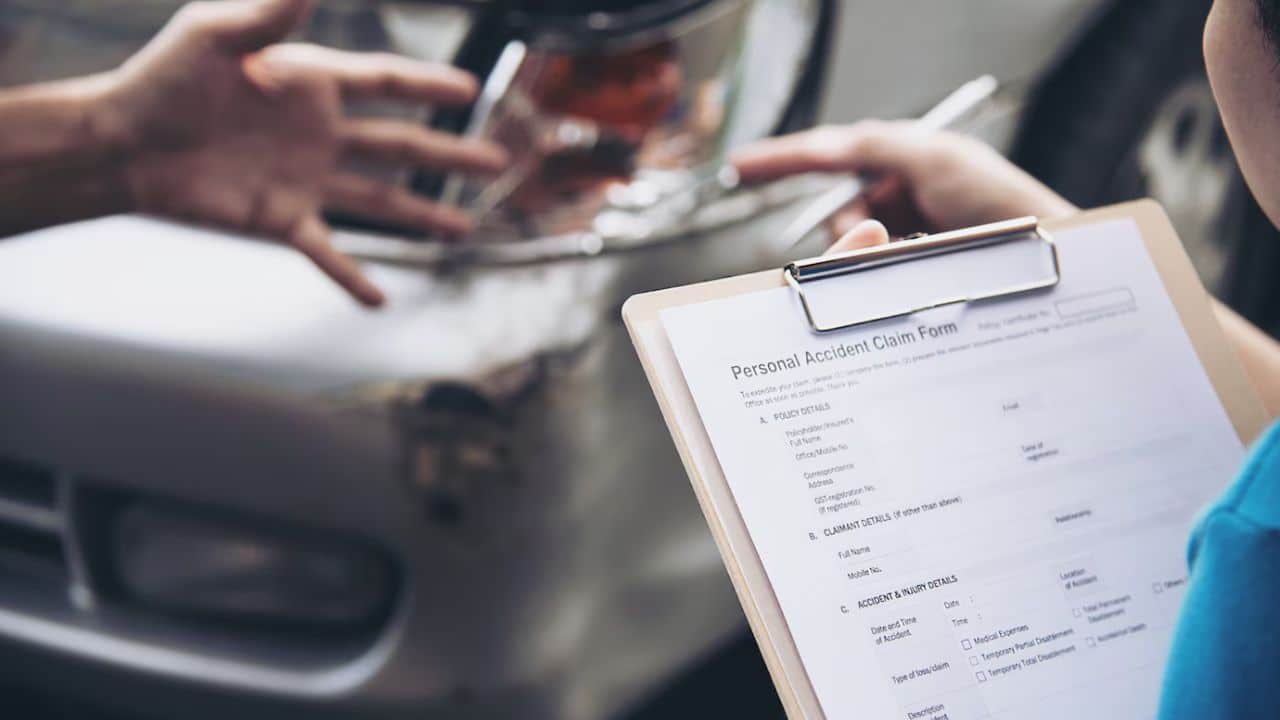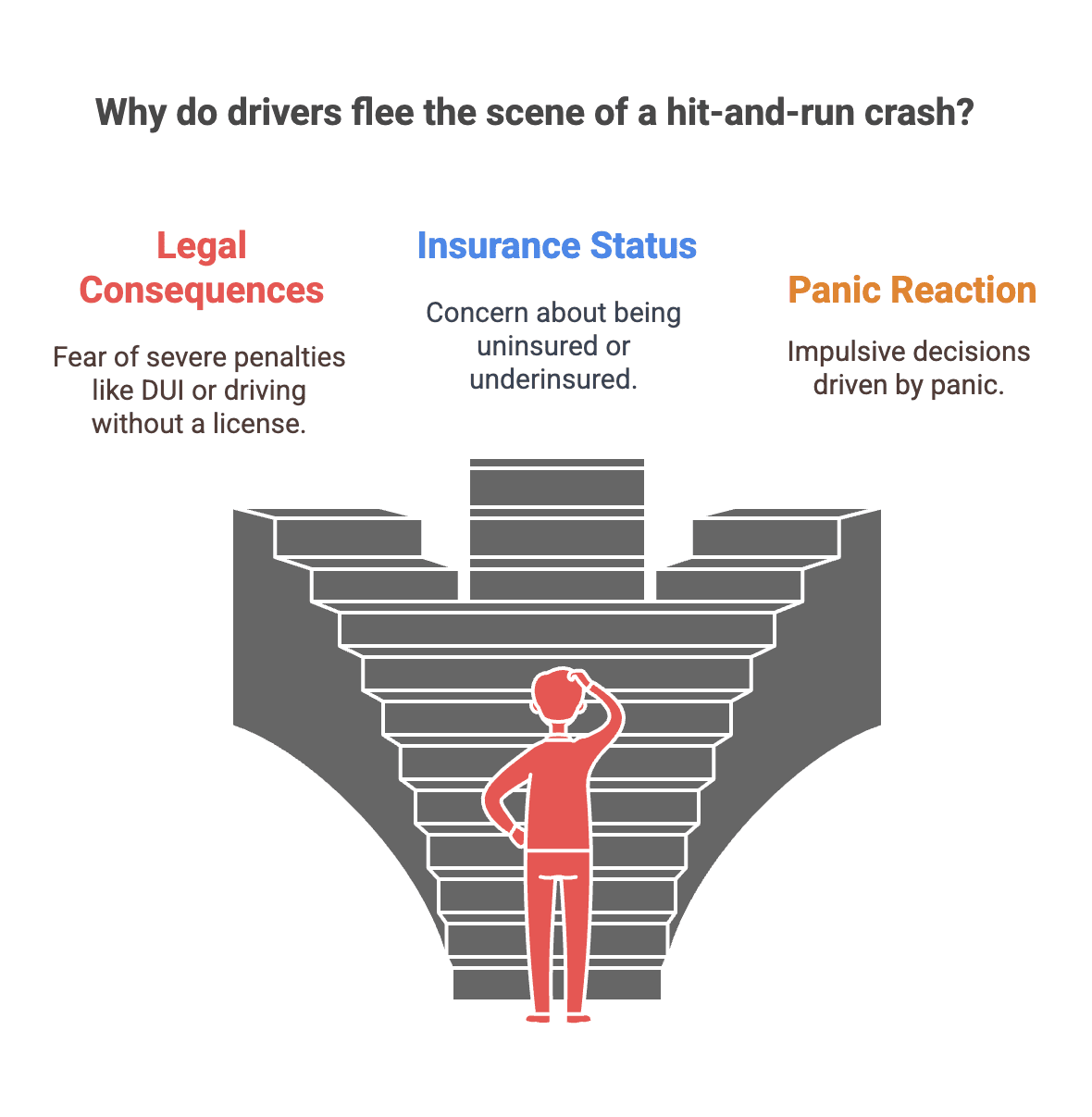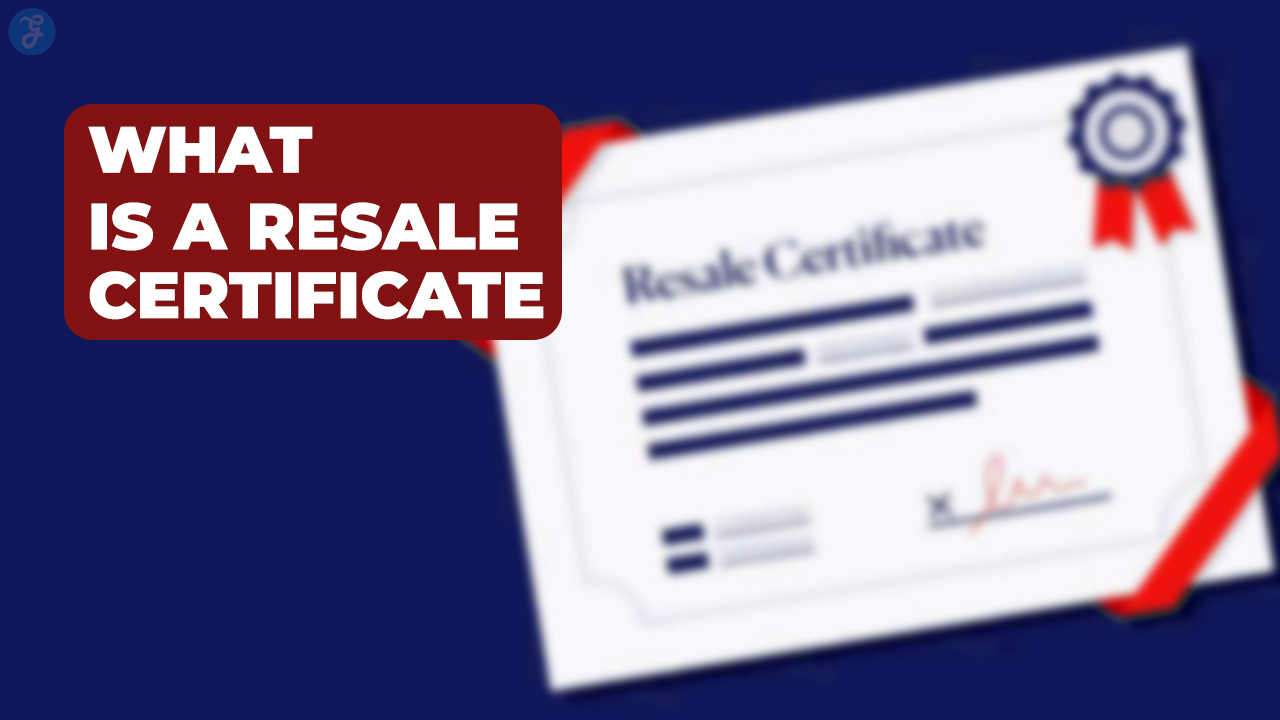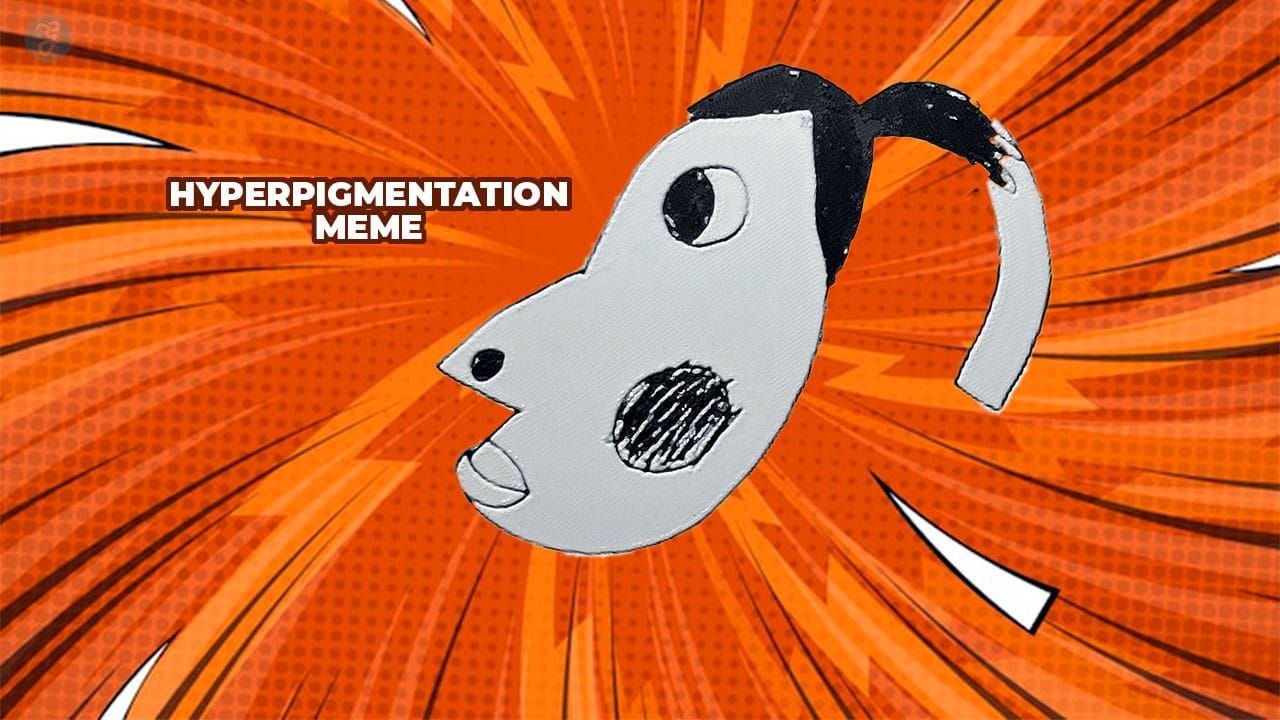Harrisburg car crashes are stressful experiences. These situations are even worse when the at-fault driver flees the scene. This adds more frustration and uncertainty.
Hit-and-run accidents are unfortunately common, leaving victims with questions about their rights and the next steps to take.
If you or a loved one has been injured in a hit-and-run accident, knowing how to file a claim can make a significant difference in securing the compensation you deserve. You should also consider contacting a Harrisburg car accident lawyer for assistance.
What is a Hit-and-Run Crash?
A hit-and-run accident occurs when a driver leaves the scene without stopping to provide their contact information or assist injured parties. These accidents can involve other vehicles, pedestrians, cyclists, or even property damage. Often, the driver flees right after the collision, and some drivers do not even slow down after impact.
Some reasons drivers flee the scene include:
- Fear of legal consequences [e.g., driving without a license, DUI, outstanding warrants]
- Uninsured or underinsured status
- Panic and poor decision-making
Regardless of the reason, fleeing an accident scene is illegal and can result in criminal penalties for the offender.
Immediate Steps to Take After a Hit-and-Run Accident
After a hit-and-run, your actions in the immediate aftermath can significantly impact your ability to file a successful claim. Follow these steps:
Ensure Your Safety and Seek Medical Help
Your health and safety should be the top priority. If you or anyone else were injured, call 9-1-1 for immediate medical attention.
Contact the Police
Reporting the hit-and-run to law enforcement is crucial. The police will document the accident, gather evidence and attempt to locate the fleeing driver. A police report will also be valuable when filing an insurance claim.
Gather Evidence
While waiting for the authorities, try to collect as much evidence as possible. Useful information includes:
- The make, model and color of the other vehicle
- Any part of the license plate number you may have seen
- The location, time and circumstances of the accident
- Photos of the scene, vehicle damage and any visible injuries
- Witness statements and contact information
- Surveillance or dashcam footage, if available
Filing an Insurance Claim After a Hit-and-Run
If the at-fault driver is not identified, you will likely need to file a claim with your own insurance company. Here are some key coverage options that can help:
Uninsured Motorist [UM] Coverage
Uninsured motorist coverage protects you if you are hit by a driver without insurance or a hit-and-run driver. If you have this coverage, your insurance company may cover your medical expenses, lost wages and other damages.
Personal Injury Protection [PIP] or Medical Payments Coverage
Some states require Personal Injury Protection [PIP], while others offer optional Medical Payments [MedPay] coverage. These policies help cover medical expenses regardless of fault. Pennsylvania is one of the states that requires this coverage.
Collision Coverage
If your vehicle is damaged in a hit-and-run, collision coverage can help pay for repairs. However, you may need to pay a deductible before your insurance kicks in.
Challenges in Filing a Hit-and-Run Claim
Filing a hit-and-run claim can be more complex than a standard accident claim. Some challenges include:
- Proving the accident occurred: Without the other driver’s information, insurance companies may scrutinize your claim more closely.
- Meeting coverage requirements: Not all drivers carry UM or collision coverage, which can limit compensation options.
- Delayed police reports: Law enforcement may not always prioritize hit-and-run cases unless there are severe injuries or fatalities.
Working with an experienced attorney can help you navigate these challenges and strengthen your claim.
Seeking Legal Assistance
If your insurance company disputes your claim or offers a low settlement, you may need legal assistance. An injury lawyer can:
- Investigate the accident and identify potential leads
- Gather additional evidence to support your claim
- Negotiate with your insurance company for a fair settlement
- Represent you in court if necessary
Most injury attorneys work on a contingency fee basis, meaning you only pay if they win your case.
Preventing Hit-and-Run Accidents
While you cannot control other drivers’ actions, you can take steps to minimize your risk of becoming a hit-and-run victim:
- Install a dashcam to record accidents and capture fleeing drivers’ details.
- Park in well-lit areas with security cameras when possible.
- Stay aware of your surroundings and note suspicious behavior from other drivers.
- Follow safe driving practices to reduce accident risks overall.
Filing a claim after a hit-and-run accident can be challenging, but taking the right steps can improve your chances of securing compensation. Reporting the accident, gathering evidence, and understanding your insurance options are key to a successful claim. If you encounter difficulties, consulting a personal injury attorney can provide the legal support you need.
By staying informed and prepared, you can better navigate the aftermath of a hit-and-run and protect your rights as an accident victim.





































